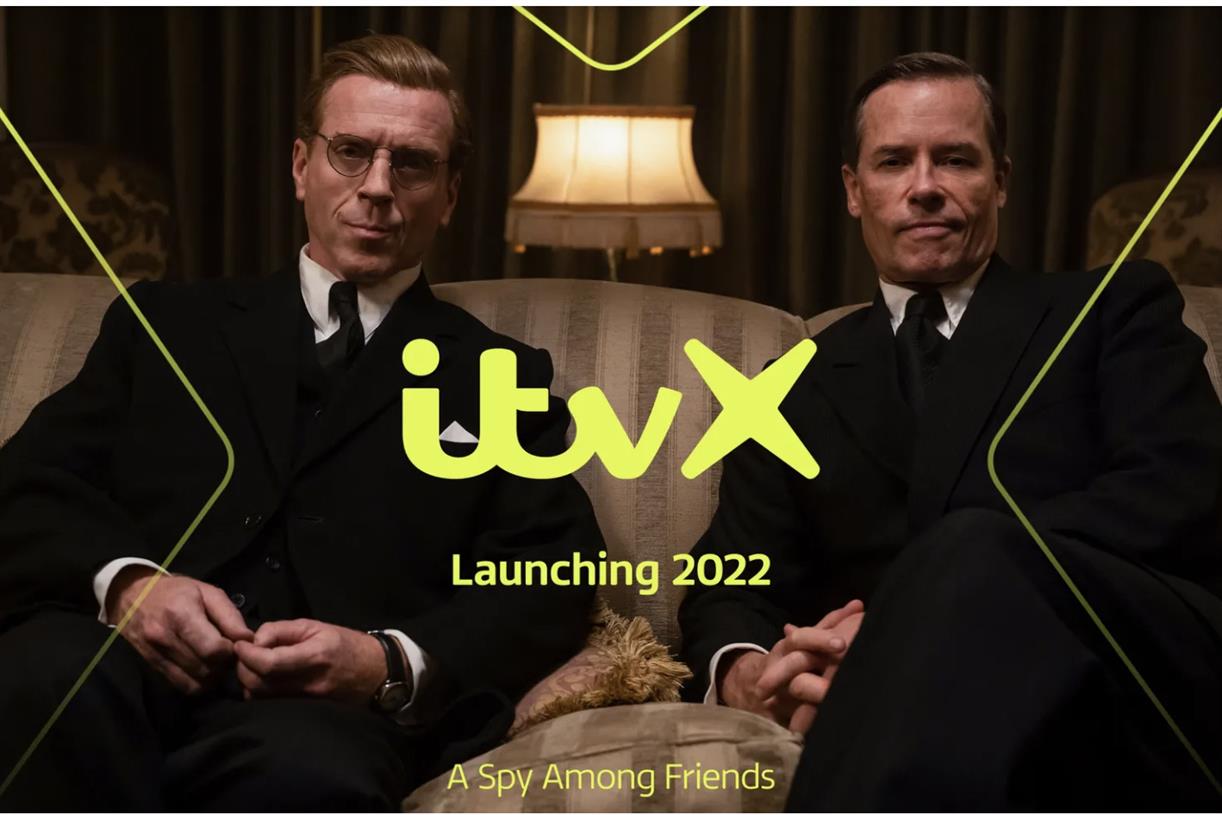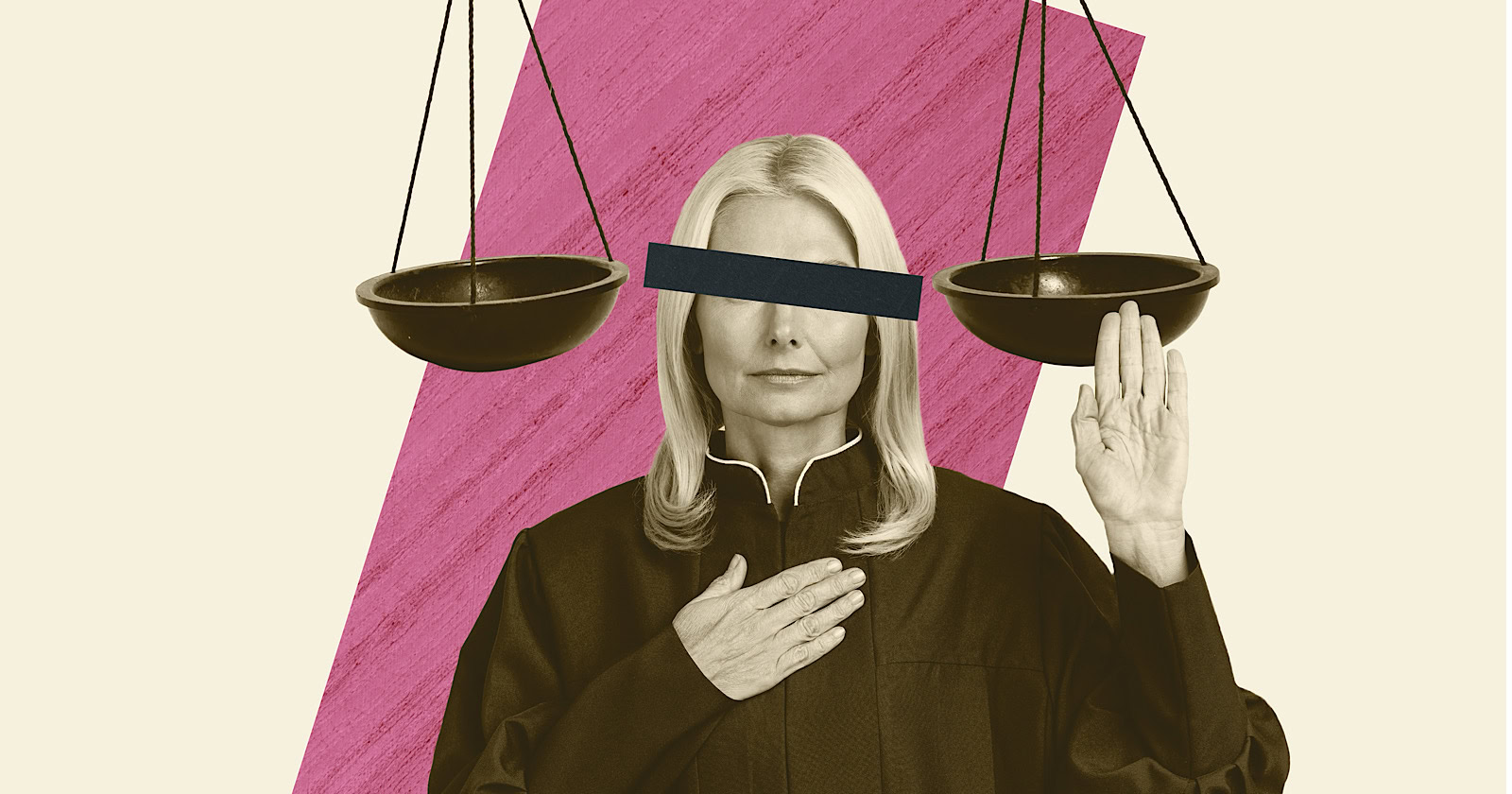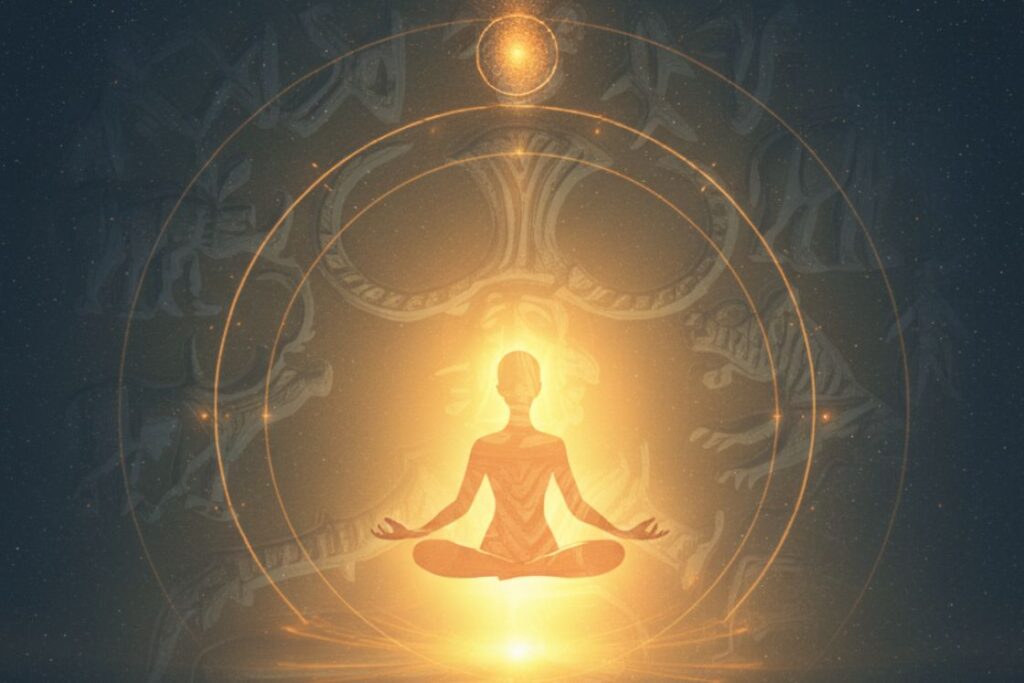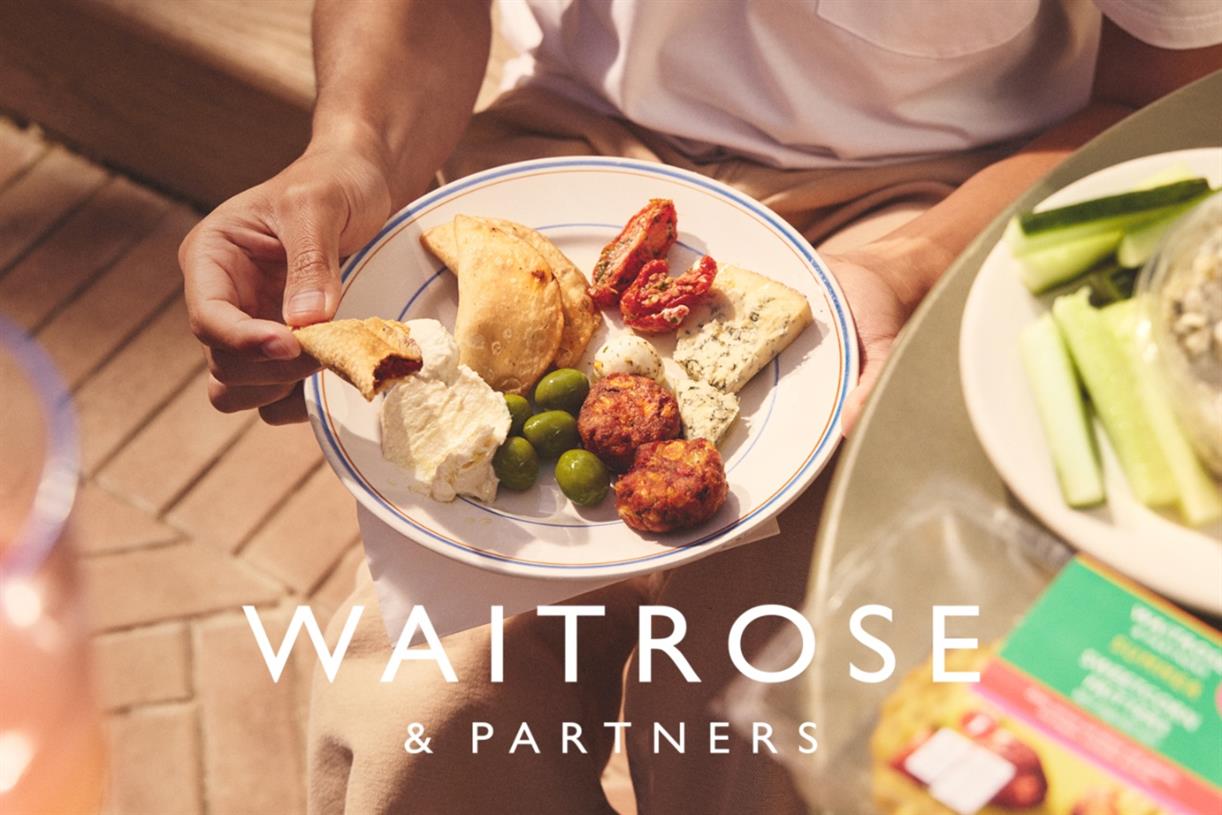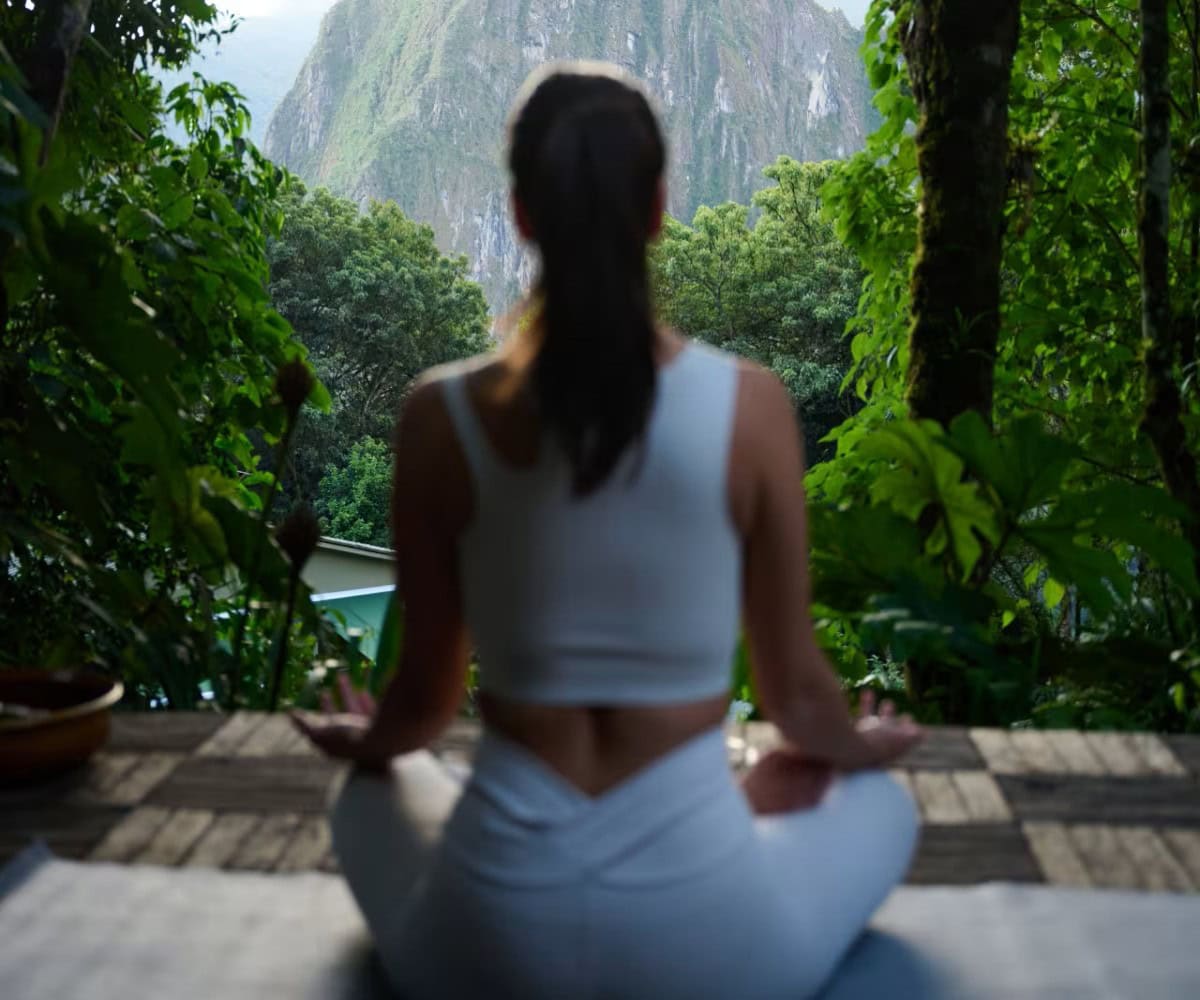2024 Guide to Marketing & Advertising Luxury Brands
As 2024 rolls in, the marketing trends, lifestyles wanted to be sold, and celebrities that resonate with luxurious brands’ audiences evolve, but one thing stays the same: luxury advertising is all about selling the desired lifestyles. In this guide,...

As 2024 rolls in, the marketing trends, lifestyles wanted to be sold, and celebrities that resonate with luxurious brands’ audiences evolve, but one thing stays the same: luxury advertising is all about selling the desired lifestyles.
In this guide, we want to show you how you can achieve this. But before that, let’s set a solid foundation for our journey and discuss what makes a brand luxurious.
Well, there’s no sure-shot answer to this. It’s a mix of the rarity of the brand’s products, quality, craftsmanship, and history and heritage.
People pay more for premium products because luxury brands offer their consumers exactly what they seek and, at times, more. However, becoming a luxury brand takes time, consistency, and, most importantly, innovative marketing strategies.
Luxury brands spend about 33% of their advertising budgets on digital marketing. The statistics are enough to tell you the importance of strategic advertising. To help you kickstart your ad strategy journey, we’ve listed a few advertising campaigns of luxury brands in this article.
Whether your brand falls under the luxury bracket or you aspire to bring it, this article speaks to businesses belonging to both categories.
Why Do You Need Digital Marketing Strategies for Luxury Brands?
How about starting with a bold statistic about the influence of digital marketing on the sales of luxury goods?
As per the findings of a comprehensive brand research report by Think with Google, an impressive 72% of luxury shoppers turn to social media for their brand research. This study involves surveying over 3,000 luxury shoppers from 12 countries, providing valuable insights into the growing impact of social media platforms on the purchasing behaviors of discerning consumers within the luxury market.
The report highlights the significant role social media plays in shaping consumer preferences and decisions in the luxury retail world.
In other words, the extremely digitalized world offers you an excellent open platform for showcasing your products and features and creating brand awareness.
Through online channels, your luxury brand can engage with its target audience, share captivating and relevant content, and create a high-end brand experience.
So, such a digital presence allows your luxury brand to reach a global audience and build a community of loyal customers who appreciate your offerings and values.
Luxury branding strategies and the digital landscape, in general, offer a unique opportunity for a luxury brand to tell their story, showcase their craftsmanship, and establish an emotional connection with consumers in ways that were not as easily achievable through traditional marketing channels.
But first, you need to build a digital marketing strategy! (Or, at least learn how to do so.)
The advertising strategy of luxury brands depends on factors such as their target audience, budget, resources, etc. However, there are a few generic ways to devise advertising strategies. Before diving into the fundamentals of luxury brands’ marketing strategies, it is best to remind you that almost all of these brands have partnered with fashion and retail agencies to have a strong online presence.
Now, we can start.
4 Key Tips for Content Marketing for Luxury Brands
Ordinary brands communicate in order to sell products to consumers. Luxury brands communicate in order to keep the dream alive in the minds of consumers.
Adriaan Brits, author of “Luxury Brand Marketing: The Globalization of Luxury Brand Cults”While content marketing contains various aspects of digital marketing, social media marketing, and paid advertising, we intend to approach each aspect separately in our focus.
1.Focus on Exclusivity All the Time
There is no need to say that luxury brands “must” focus on generating a sense of exclusivity and aspiration in their content marketing efforts.
You can achieve this through the use of high-quality images and videos, featuring celebrities or influencers, and incorporating taglines that evoke feelings of luxury and sophistication.
At Gucci’s dedicated gallery space in Florence, a selection of Bamboo bags from the past and present portray how the House and its Creative Directors have continued to pay tribute to the iconic design. #GucciVisions Discover more https://t.co/TzR8M0QxyM pic.twitter.com/JwX9e9x0rF
— gucci (@gucci) June 23, 20232.Collaborate with Influencers
Teaming up with influencers provides a perfect avenue for luxury brands seeking to broaden their reach.
Influencers can effectively promote the products and services to dedicated followers, amplifying the brand’s presence and credibility in the digital realm.
As an example of influencer marketing, Gucci partnered with well-known pop singer Miley Cyrus to promote their new Gucci Flora Gorgeous Magnolia Eau de Perfume.
Step into a world of unhindered freedom with the new #GucciFlora Gorgeous Magnolia Eau de Parfum. Designed to celebrate inner strength, its powerful spirit is embodied by @MileyCyrus in the third chapter of the #FloraFantasy campaign. More https://t.co/AnJdUIll6S pic.twitter.com/z9lin149yS
— gucci (@gucci) July 27, 2023Within luxury brand advertising campaigns, you shouldn’t limit collaborations with celebrities to just limited edition collections or products; they cherish partnering with celebrities on various occasions. Here’s another example from Chanel:
At the 70th edition of the San Sebastián International Film Festival, Penélope Cruz attended the screening of ‘En los márgenes’ by Juan Diego Botto as producer and leading actress. She wore a custom dress from the CHANEL Spring-Summer 2022 Haute Couture collection.#CHANEL pic.twitter.com/JadL2oRZ4b
— CHANEL (@CHANEL) September 18, 20223.Tell Your Unique Story
In luxury advertising campaigns, we see the brands share captivating stories through various channels. These stories mostly revolve around the brand’s heritage, its core values, or the unique features of its products.
Here is another Gucci example, including an exhibition of its signature handbags: Bamboo 1947, Horsebit 1955, and Jackie 1961.
A mirror-filled room at the #GucciVisions exhibition showcases how the House’s three iconic handbags – Bamboo 1947, Horsebit 1955, and Jackie 1961 – have been reinterpreted through the contemporary lens of various Creative Directors. Discover more https://t.co/TzR8M0QxyM pic.twitter.com/TTaaM7hzwP
— gucci (@gucci) June 23, 2023Actually, that’s not surprising when considering Gucci’s marketing strategy over the years. Need more examples telling the story of brands? Louis Vuitton has always had something to show when it comes to telling stories:
Revitalized #LouisVuitton emblems. A summer interlude, the Taurillon Monogram and Monogram Macassar collections add a contemporary vibrancy to timeless heritage pieces as an ode to the Maison’s iconic leather goods. Discover the creations at https://t.co/V503SURZUR pic.twitter.com/9YK8gpW3sV
— Louis Vuitton (@LouisVuitton) July 9, 20234.Drive More Traffic with SEO for Luxury Brands
When it comes to content marketing, SEO is always a key player.
To enhance the luxury brand’s online presence, you can take advantage of several SEO strategies.
First, focusing on long-tail keywords allows them to target more specific and less competitive phrases, catering to niche audiences effectively.
Creating high-quality and SEO-optimized content is vital to engaging the target market, providing valuable information, and ensuring that it can be easily found on Google.
Building backlinks from reputable websites also enhances the website’s authority and credibility, signaling to search engines that the site is trustworthy. Participating in guest blogging and publishing articles on other platforms are effective ways to build these backlinks.
What’s more, paying attention to technical SEO and optimizing the technical sides of the websites is another good call. Ensuring website speed, mobile friendliness, and security optimizes the ranking potential in search results.
An essential aspect of technical SEO is ensuring your website is easy to navigate and visually appealing. For luxury brands, it means having a solid luxury website design to create an exceptional user experience that reflects the brand’s elegance and exclusivity.
Also, the website’s speed should be optimized, the code should be clean, and all technical elements like mobile responsiveness and security should be in place.
3 Essential Paid Advertising Strategies for Luxury Brands
It is literally a must to make sure the right people see a brand’s online actions, and when reaching out to the audience, it should be ensured that they are the ones who value exclusivity and quality.
1.Use Data-Driven Targeting
Paid advertising offers a powerful advantage: the ability to tap into detailed data about the audience.
For a luxury brand, this means moving beyond generic campaigns and creating highly targeted ads that resonate with the specific interests, behaviors, and demographics of your ideal customers.
This can also be considered as knowing that the audience loves modern art or has a history of buying high-end fashion. Such insights let you tailor the ads to match tastes.
By focusing marketing efforts on those who are most likely to be interested in products, you can make your luxury advertising campaigns much more effective.
This way, you can ensure that your luxury advertising endeavors deliver the right message to the right people while connecting you with them on a personal level. Also, you’ll spend the ad budget wisely, driving better results and a higher ROI.
2.Invest in Search Engine Advertising
Search engine advertising is a key part of digital marketing, especially for luxury brands looking to boost their visibility.
The idea here is simple: when potential customers search for products or services related to what you offer, your brand appears at the top of the SERP before the organic results.
This puts the luxury brand in front of consumers who are already interested, even if they aren’t specifically looking for luxury items.
For example, someone searching for “best watches” might not specifically be thinking of a luxury brand, but seeing the brand name at the top could spark their interest. By bidding on carefully selected luxury-focused keywords, like “luxury watches” or brand names, it can be ensured that the ads reach the right audience at the right time.
3.Take Display Advertising to the Next Level
Display advertising is all about visibility and catching attention in visually appealing ways. For luxury brands, this means creating ads that convey the style, sophistication, and exclusivity of your brand.
Display ads appear across various websites, giving the chance to reach a wide audience, including those who might not be actively looking for luxury goods but are open to being inspired.
High-quality images of the products, paired with sleek, aspirational taglines, can draw viewers in and create a lasting impression.
Video ads can be particularly effective, offering a dynamic way to showcase your products in action, tell your brand’s story, or even provide a glimpse behind the scenes of your craftsmanship.
The key is to ensure that every element of your display ad—from the visuals to the copy—reflects the high standards and unique appeal of your brand!
Let’s kick off with a fact: Luxury brands have to be super careful and strategic with their social media posts since they’re targeting a more well-off audience.
So, you shouldn’t come across as too pushy or salesy when doing luxury social media marketing.
You also need to be careful about the messaging they use in social media posts, as luxury brands are expected to be emotionally resonant with their “high-class” customers while promoting their products.
Long story short, luxury brands need a full-circle social media strategy that generates excitement around the brand.
Building a 360-degree luxury-focused social media strategy that works seamlessly is not a picnic at all. That’s why most well-known luxury brands are partnering with agencies for their marketing needs. Before getting advice on social media marketing, you may want to discover the best luxury agencies in the UK.
1.Use High-Quality Photographs
Good-quality photographs of a product make adding the term luxury before the product easy.
High-quality photographs evoke the required emotions in consumers that create brand awareness and aid in marketing the product, leaving a lasting impact on the user. Here is the proof that Chanel knows how to play the game:
The CHANEL Cruise 2022/23 collection pays tribute to the Riviera, drawing an athletic allure punctuated with refined details.
With Vittoria Ceretti and Loli Bahia.⁰Photographs by Mikael Jansson.
Now in boutiques.#CHANEL
Let’s take a minute to discover a few key benefits of good photographs of the products, which are:
High-quality visuals instantly attract the user’s eyes which means an increased number of customers. A stellar image creates aspiration. You get to convey your brand story and values via imagery. You can show even the smallest details of the product with greater ease. Showcasing your product in a particular setting or by associating with an influencer sets an aspiration.2.Prefer an Aspirational Language
Images enable buyers to envision themselves as a part of the lifestyle represented in the image should they choose to purchase a product.
However, such image usage may not be enough by itself. You should also ensure to emphasize using aspirational text with images to provoke action among consumers.
Keep in mind that luxury is not about a product being expensive. In fact, the exclusivity of the product and the vocabulary used to market and promote it in a way that resonates with the users cumulatively make it a luxurious effect.
Thus, it’s wise to partner with luxury marketing agencies to create an exclusive marketing strategy for your brand.
3.Focus on the History and Heritage of Your Brand
A luxury brand marketing strategy must comprise the why.
Conveying the story behind the brand and explaining the values that define the brand is a stepping stone to effective luxury marketing.
Expressing your brand values to users generates advocacy for your brand online. Despite knowing this, many brands still focus on what they do instead of why they do what they do.
So whether you’re a small business willing to upscale your marketing strategy or a luxury brand ready to revamp your luxury brand marketing strategy, ensure all your products have a story woven beneath their existence.
Now that we know ways for luxury marketing, let’s enlist a few brand campaigns that won the hearts of its consumers.
Here is a great example from a great luxury brand: Gucci.
The Gucci 100 campaign celebrates the fashion house’s 100th year by taking its consumers through the commendable musical moments of the last century. The video pays homage to the house’s legacy by showcasing diverse characters moving through the different generations of music:
This marketing and advertising campaign for Gucci is the perfect example of fantastic storytelling and bringing nostalgia to consumers. Through the video, the house assures its audience that they’ve seen a lot and they’ll be around to see more. It doesn’t differentiate between the past and the future.
Another one? Here is Louis Vuitton:
While there are many social media campaigns for fashion, Louis Vuitton, being one of the largest fashion conglomerates, is difficult to beat. Louis Vuitton celebrated the 200th anniversary of its founder, Louis Vuitton, by incorporating the jewelry into the brand’s history.
The ad is the perfect example of brand storytelling, evoking an emotion in the viewers. The video leaves the viewers feeling empowered as it shows a woman’s journey, and the background music adds to the effect it aims to create. The ad was made in memory of Louis, barely a teenager, when he decided to set foot in Parish to eventually become a legend in the fashion industry.
Bravery is a collection of ninety jewelry pieces celebrating his courageous spirit. Louis Vuitton’s marketing strategy has always been effective, enabling the brand to grow to become one of the most well-known luxury brands in the world.
4.Leverage Celebrity Influence
Partnering with celebrities can do wonders for a luxury brand. When they endorse your products, it brings brand visibility, of course, but there’s more: You are borrowing their lifestyle and reputation to elevate your brand.
Chanel’s “Spring-Summer 2023 Ready-to-Wear” campaign, featuring Kristen Stewart, is a perfect example.
Instead of just showcasing the collection, the campaign captures the essence of Chanel: timeless sophistication.
Set against the iconic backdrops of Paris and the South of France, the visuals evoke feelings of warmth and elegance. These are the emotions Chanel wants you to associate with their brand and Kristen Stewart offers them perfectly!
Here’s another example from Prada’s Instagram account, suggesting that to be a woman like Scarlett Johansson, you wear Prada.
By featuring a well-known figure like Kristen Stewart, Chanel also creates a sense of aspiration, as we highlighted in strategy number 2. When your audience sees a celebrity they admire endorsing your brand, it plants the idea that they, too, can be part of that lifestyle, which is actually the golden key to success in luxury marketing.
5.Maximize Reach Across Multiple Social Media Platforms
Relying on just one social media platform often isn’t enough to reach your entire audience effectively. To truly connect with potential customers, you should make the most of various platforms, each offering unique ways to showcase your brand.
Our luxury marketing research, which asked marketers to choose just one platform for their efforts, shows that Instagram leads the way, capturing 24.16% of the choices. Its focus on visuals makes it perfect for sharing high-quality images and telling your brand’s story in a captivating way.
TikTok follows closely behind, offering a fresh and dynamic approach to engaging with a younger audience. Its trend-driven format and short form videos allow luxury brands to present themselves creatively and relatably, making the brand feel both exclusive and accessible.
YouTube, which ranks third, is ideal for more detailed content, allowing you to dive deeper into your brand’s story with behind-the-scenes looks, product showcases, and long-form narratives that draw viewers in.
Although Pinterest holds the smallest share in luxury marketing, it still plays a valuable role. As a hub for inspiration, Pinterest allows luxury brands to create aspirational content that users want to save and revisit.

So, as you can see in the image above, there isn’t a clear consensus on which platform is the best overall, so it’s wise to use a mix of them to reach more people and connect with different audiences. However, you can focus your energy and creativity on your top three platforms to make the most impact!
How Will the Future of Luxury Marketing Be?
The future of luxury marketing is shaping up to be pretty exciting, especially with some of the insights coming from our recent luxury marketing research.
Jonathan Bradford, Managing Director of Kota, is expecting a big push towards AI-driven virtual experiences in the luxury fashion world:
I’m expecting to see more AI-driven virtual experiences in the luxury fashion industry, like try-ons from your living room, augmented reality showrooms, and digital personal shoppers.
Dominic Hill, VP of Digital at ECOM DEPARTMENT, also points out that AI will affect luxury marketing immensely:
AI will revolutionize luxury marketing by offering hyperpersonalized experiences, 24/7 customer service through chatbots, immersive AR and VR shopping, precise data-driven targeting, dynamic content creation, and operational efficiencies, ensuring brands stay innovative and competitive.
So, it is obvious that the future of luxury marketing is going to be a perfect mix of cutting-edge technology and a personal touch.
As our luxury marketing research suggests, the brands that lean into these AI-driven strategies are the ones that will not only meet but exceed the expectations of their customers, keeping them at the top of the luxury game.
Let’s Wrap Up
Luxury brand marketing works best when a brand builds a strong image and keeps a bit of mystery. At the core of luxury advertising is a straightforward idea, as we’ve mentioned many times in this blog: it’s completely about selling a lifestyle.
The luxury brands that stand out are those showcasing related lifestyles in new ways as the world gets more and more digitalized.
Whether you’re a well-known brand or just starting in the luxury market, you must understand your audience. Only in this way can you offer them a lifestyle that feels both classic and genuinely fresh.

 Fransebas
Fransebas 







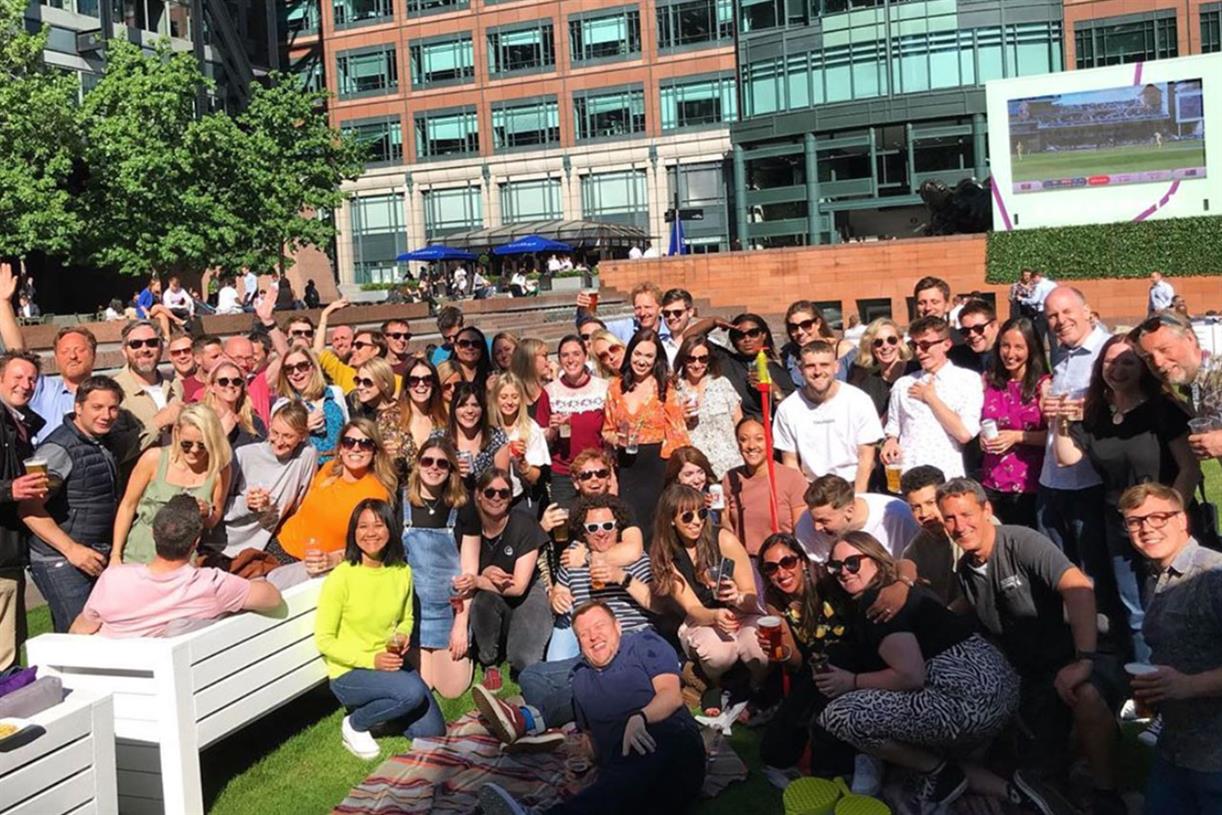


![How to Create a 5-Year Plan You'll Actually Stick To [In 4 Steps]](https://blog.hubspot.com/hubfs/5%20year%20plan.jpg#keepProtocol)

